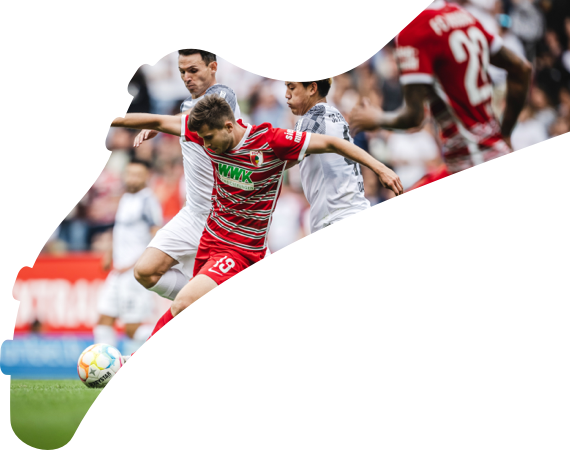Wolfsburg Fanzone: Getting to know the Auto City wolves
Located in northern Germany and famed for its automobile manufacturing, Wolfsburg has also risen to prominence over the past few decades thanks to the city's football team.
History
bundesliga.com guides you through everything the Auto City has to offer.
VfL Wolfsburg was founded on 12 September 1945 as a 'Verein für Leibesübungen' (Club for Physical Activity) – hence the 'VfL' preceding the official club name. With everything in short supply after the end of World War II, the team's colours were determined largely by chance when a local youth welfare worker, Bernward Elberskirch, came across ten green tops in his hunt for football shirts to use. The Wolves still wear green to this day.
Wolfsburg spent their early years in Germany's regional divisions and Bundesliga 2 before finally earning promotion to the top flight in 1997, where they have remained ever since. The greatest triumph in the club's history arrived in the 2008/09 season when Felix Magath surprisingly led a side spearheaded by Edin Dzeko and Grafite to the Bundesliga title. The next piece of silverware followed in 2015, when a Kevin De Bruyne-inspired team came from behind to beat Borussia Dortmund in the DFB Cup final.
Stadium
That all contributed to a squad lacking in confidence, and Wolfsburg's struggles to score - a shortcoming further accentuated by Mario Gomez's departure for Stuttgart during the winter break – deepened their woes. Labbadia's appointment in February steadied the ship somewhat, but Wolfsburg still ended the second half of the season with the worst record in the Bundesliga (14 points). Ultimately they survived once again by the skin of their teeth, edging out Holstein Kiel in the play-offs.
Having well and truly established themselves in the Bundesliga at the end of the 1990s, Wolfsburg commissioned construction of the Volkswagen Arena in 2001. It was officially opened a year later with a capacity of 30,000 (22,000 seating, 8,000 standing).
No detail was overlooked in its design, with the home changing room including massage rooms, saunas, showers and a revitalisation pool. For greater sustainability, the stadium has 216 energy-efficient LED floodlights and a hybrid grass pitch, while there are places for 650 bicycles outside for environmentally friendly fans.



